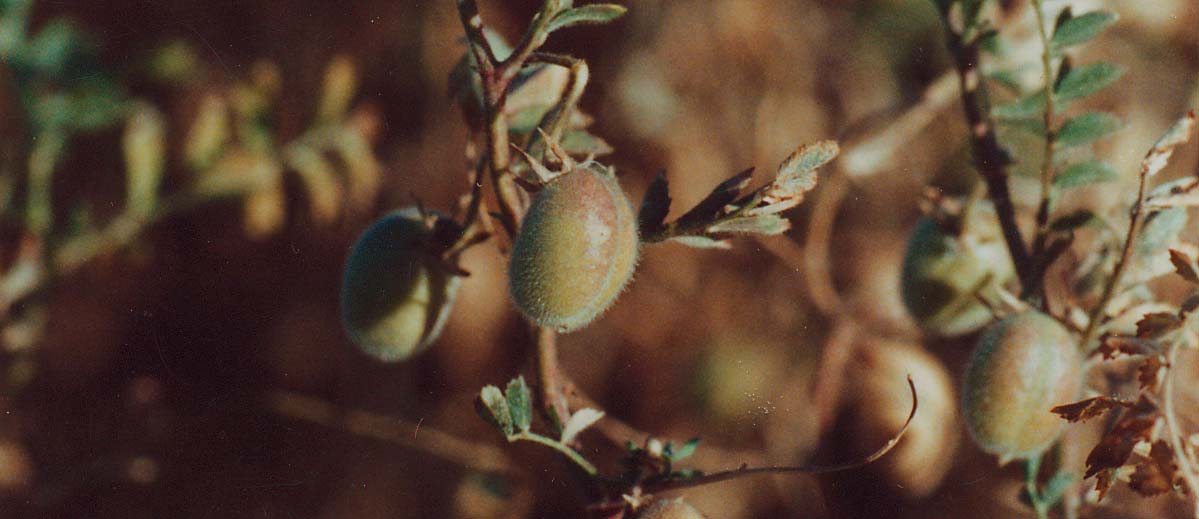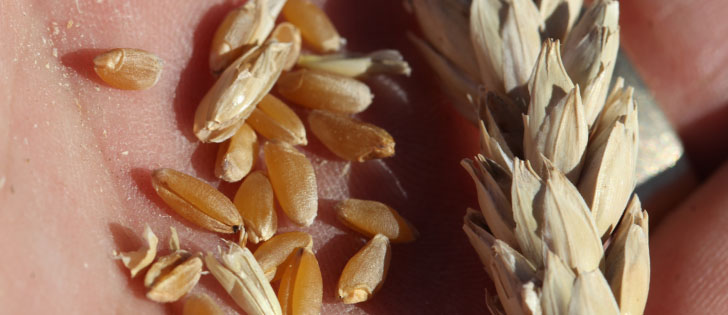LINDELL BEACH, B.C. – First there was sweet corn. Now there’s sweet wheat.
Sweet corn emerged naturally as a result of a spontaneous mutation in field corn, and sweet wheat has followed the same path.
Japanese researchers say it could become a healthy part of human diets.
Writing in the American Chemical Society’sJournal of Agricultural and Food Chemistry,the researchers said cereals such as rice, corn and wheat store starch in endosperm tissue that represents an important energy source for humans.
Read Also

Fertilizer method’s link to emissions studied
A researcher says others studying greenhouse gas emissions aren’t considering how the loss of nitrogen into the atmosphere correlates with fertilizer application or if there is an impact to yield.
However, sweet wheat seed, which lacks the enzymes GBSS1 and SSlla needed to make starch, accumulates higher levels of sugars.
These sugars – glucose, fructose, sucrose and especially maltose –are present in the sweet wheat whole grain flour.
Compared to the common wheat type Chinese spring, in which all GBSS1 and SSlla genes are functional, the maltose in sweet wheat was 11.9 times higher and glucose was 8.8 times the level.
As well, sweet wheat showed twice as much dietary fibre and four times as much free amino acid content as the wild type.
It also had high levels of healthy carbohydrates, known as fructans, which act as prebiotics and can stimulate the growth of beneficial bacteria in the colon.
The report said dietary fructans can also lead to an increase in mineral absorption and it may be possible to further increase their levels by crossing sweet wheat with other highfructan lines.
These benefits stem from the fact that the sweet wheat parental lines – waxy wheat and high amylose wheat– carry null mutations.
“ ‘Null’ mutation means that the gene does not produce a functional protein or enzyme,” said Patricia Vrinten, senior research scientist with Bioriginal Food and Science Corp. in Saskatoon.
Vrinten has previously worked with Toshiki Nakamura, lead researcher in the study from the Tohoku National Agriculture Research Center in Morioka, Japan, and continues to collaborate in the study.
“The mutations that are present in sweet wheat are naturally occurring mutations. Since bread wheat is a hexaploid plant, it has three copies of each gene,” she said.
“If one gene is mutated, we may see very little or no effect on starch synthesis as the other two copies of the gene will continue to be active. This is why it is more difficult to develop unique starch types in wheat than in a diploid plant such as corn.
“With wheat, we must first uncover the hidden variability that is present. Mutations of each of the three genes were identified by looking for the absence of a protein or a change in the size of a DNA band. Then lines having individual mutations were crossed to produce a line having mutations in all three copies. This was done for two different types of gene (GBSS1 and SSlla). Thus (sweet wheat) actually carries mutations in six locations.”
Research focused on the levels of free sugar, ash, protein, lipid, starch, total dietary fibre, fructans, total amino acids and free amino acids in sweet wheat flour compounds and compared them with levels found in flour from wild type cultivars and parental lines of sweet wheat.
The report said the changes in sugar levels and other components in sweet wheat were evaluated by growing grain in a controlled greenhouse environment at temperatures from 25 C during the day to 17 C at night with a relative humidity of 55 percent.
Seeds were harvested at 45 days after flowering and stored at 4 C until they were analyzed by weight, ground using a hand mill and measured for moisture content.
“Part of the reason for the relatively higher fibre level would be the reduction in starch content,” said Vrinten.
“However, the increase in soluble fibre may prove to be useful, particularly if (sweet wheat) is used in a blend with other wheat flour.”
She said most of the tests being done by Nippon Flour Mills in Japan are focusing on using the sweet wheat in flour blends.
“Preliminary tests found that including (sweet wheat) flour in products gives a subtle but distinctive and somewhat sweet flavour and also provides a crisp texture to baked products.”
Researchers were not surprised to see the lower starch levels because sweet wheat is a double mutant lacking the enzymes that produce starch. The same starch reductions were observed in corn kernels carrying mutations related to starch synthesis. Those kernels produce the popular sweet corn.
Given that sweet wheat produces lower levels of starch, Vrinten expects that they will have to develop specific uses for the sweeter product.
“We are now evaluating lines that include various combinations of the six mutated genes. There are 64 possible homozygous or ‘true-breeding’ combinations of wild-type and null alleles for these genes.”
Vrinten said a breeding program to cross the genes involved in sweet wheat into adapted Japanese cultivars has been underway in Japan for several years and cultivars should be available in three years.
“This is important since development of commercial uses by the food industry will depend on an adequate and steady supply of grain,” she said.
“I also hope to develop (sweet wheat) lines, or related lines from amongst the 64 genotypes, that are adapted for growing in Canada.”
















